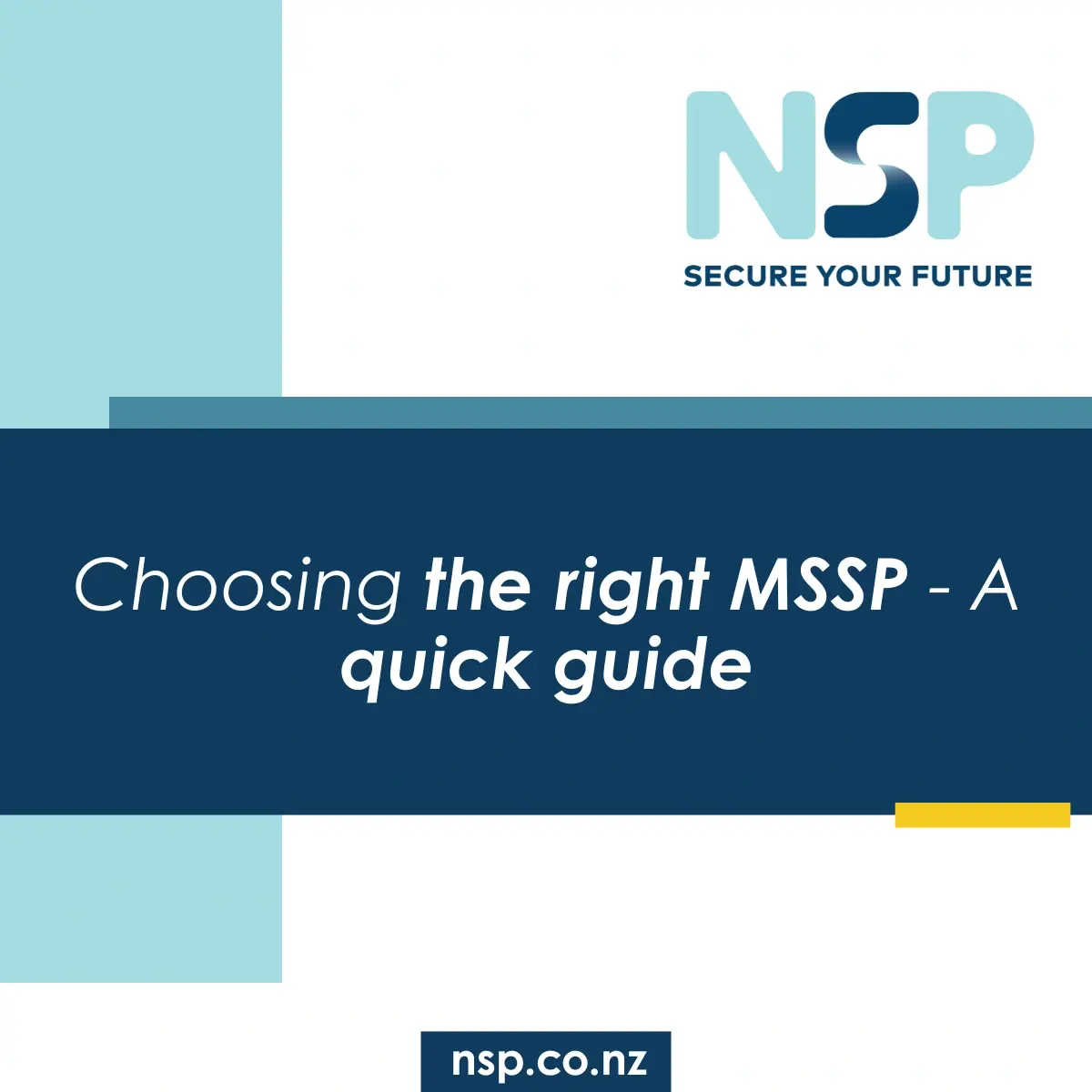
Harry Van Hees
27 June 2024
8 min
Read
Artificial Intelligence took the public imagination by storm in the 2020s with the launch of a ground-breaking generative pre-trained transformer, GPT-3. People were justifiably impressed with its ability to adapt and mimic human language, and the ensuing AI boom, accelerated by the even more impressive GPT-4 in 2023, saw hundreds of applications for generating written content, images, researching financial questions, planning holidays, and more.
AI is now so embedded in computer-human interfaces that it’s become the sort of know-it-all ghost in the machine, ready with a quick answer to life’s most difficult questions and most mundane questions.
Yes, of course, AI empowers individuals to do amazing things (even make movies), but for businesses that want to help their teams get more efficient and productive in a coordinated manner, while realising the value of applying AI to the company’s business data, AI requires planning and forethought.
This is where Microsoft Copilot comes in. For businesses that rely on Microsoft software, from Outlook, to Teams, to Dynamics 365, there’s great potential in applying AI, but businesses need to consider a few things before they add Copilot to their stack.
Yes, it’s basic, but it’s a good place to start. Always kick the tires before buying anything, and Microsoft Copilot is no different: for businesses, it's essential to understand what it is and what its capabilities are.
Microsoft Copilot is a platform for building, deploying, and managing AI solutions that can be designed for specific departments, roles, uses, and more, across any and all Microsoft applications where business data lives.
It includes tools to help businesses design, develop, and deploy AI applications that align with each business’ goals, technology capabilities, organisation, and, critically, AI governance.
Copilot can assist with writing, data analysis, app creation and automation. It can connect to your organisational data to provide value in a way that respects privacy and confidentiality.
So, as basic as it sounds, business leaders considering Copilot should spend time exploring its various features and capabilities, then consider how these can be applied to their business operations.
After gaining a basic understanding of Microsoft Copilot, business leaders can start connecting its capabilities and features with their business needs. This starts with a thorough assessment of processes and workflows to identify areas where efficiency can be improved or where tasks can be automated.
Does the finance team need help with data analysis? Do project managers need help refining project timelines and managing tasks? Would an AI writing resource make everyone in the business a more efficient and effective communicator?
By identifying their needs, business leaders can start to envision and plan how Copilot can be put to good use.
Businesses considering Copilot should review their data and do everything possible to ensure it is clean, accurate, and well-organised. Copilot is powerful, but its responses are only as relevant and reliable as the material it is working with. Clean, well-organised data allows Copilot to understand the context of a user’s prompts and provide more accurate responses.
A business without any data management policy really needs to clean and validate their data by removing duplicate, outdated, or irrelevant files and content, and checking that there is consistent formatting and accurate metadata across the organisations.
The bottom line is, no matter how sophisticated Copilot can be, the ancient tech rule applies: garbage in, garbage out.
Reviewing permissions and policies before adopting Microsoft Copilot is essential for several reasons. First, Copilot will adhere to a business’s existing data permissions, which means that if permissions are not up to date and accurate with the correct access controls, there will be a risk that sensitive data will be exposed to unauthorised users. Secondly, Copilot generates responses based on the data that a user personally has access to.
So, it’s critical for a business to review permissions and policies to identify risks to confidential data and to ensure data is available to authorised users.
Microsoft Copilot can integrate with a range of Microsoft services, including Microsoft 365, Windows, and more. Ensure these integrations are set up correctly to maximise the benefits of Copilot.
Watch our video on "Getting Ready for Copilot"

And of course, if a business does adopt Copilot, their staff should be trained as quickly as possible. The more your they understand how to use Copilot, the more they can leverage its capabilities. Training should be ongoing to ensure that as new features and capabilities are added, the team is kept up to date.
NSP and Microsoft Copilot
Microsoft Copilot offers a range of benefits for SMEs, but to fully leverage these benefits, it's crucial to ensure its successful deployment and use. NSP can help. NSP takes a rigorous, systematic approach to Copilot projects to ensure the highest likelihood of successful implementation.
Contact us today for free consultation.
Enter your details below to stay up-to-date with the latest IT solutions and security measures.



.webp)